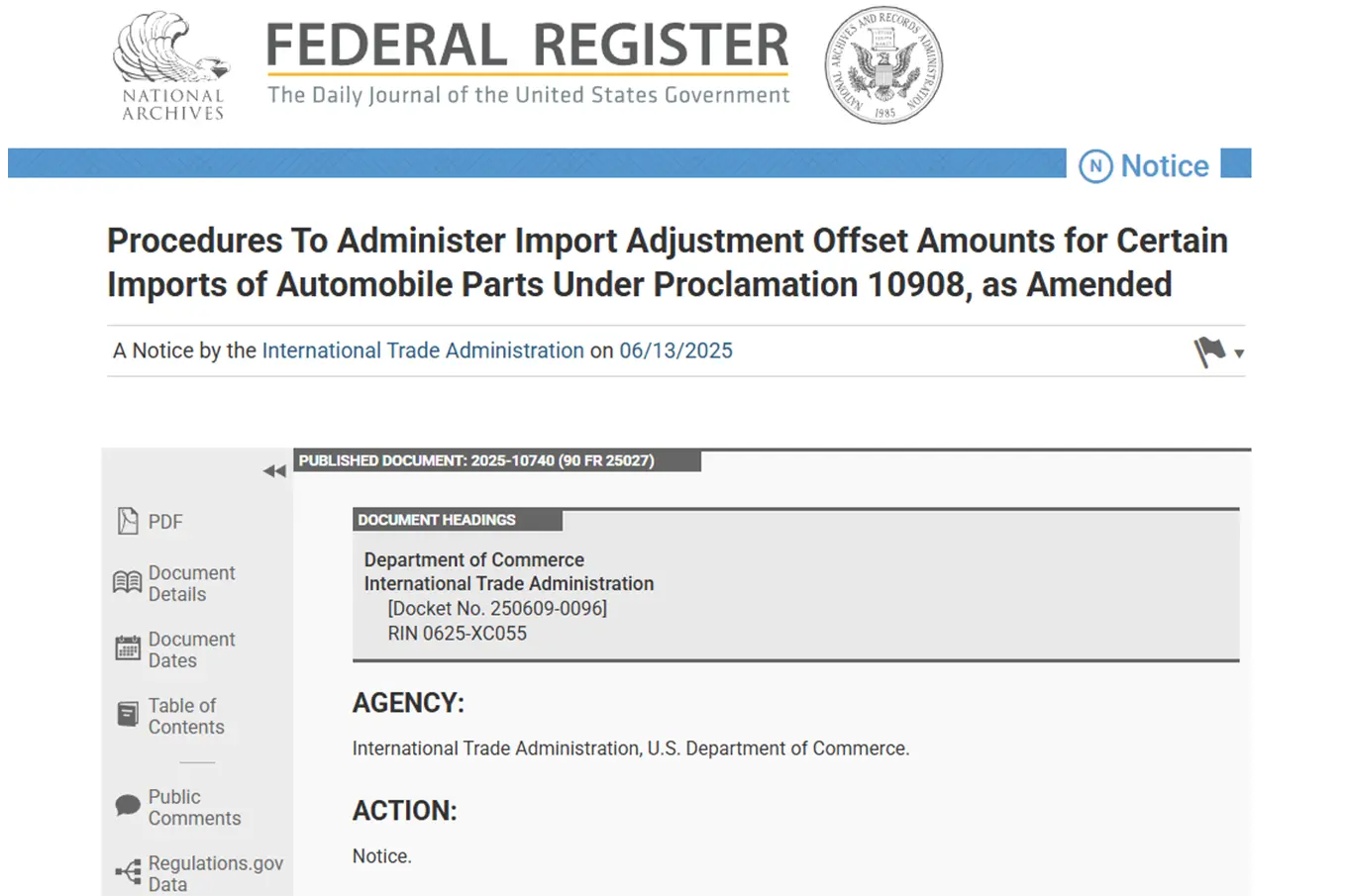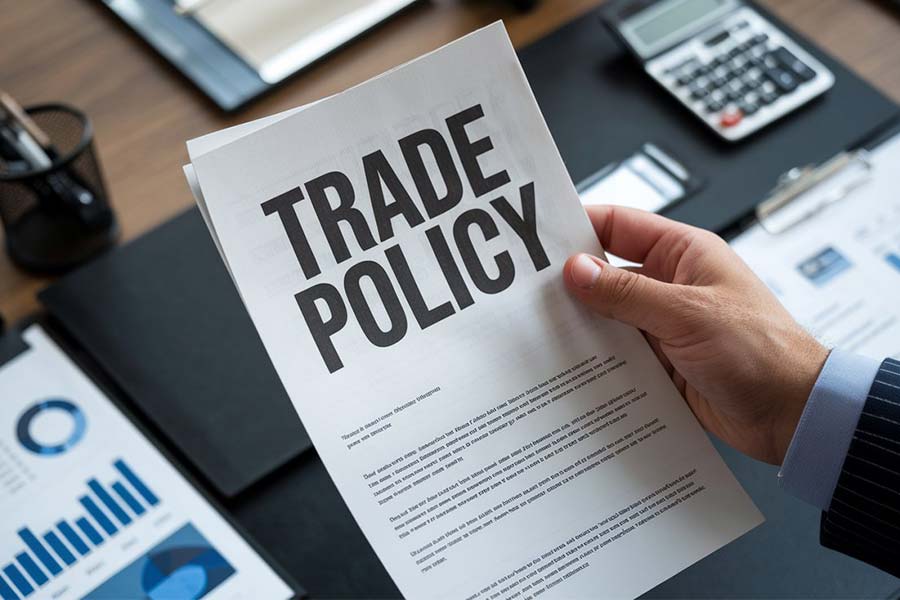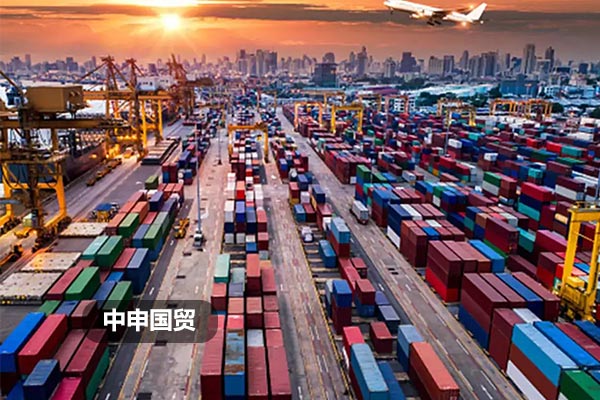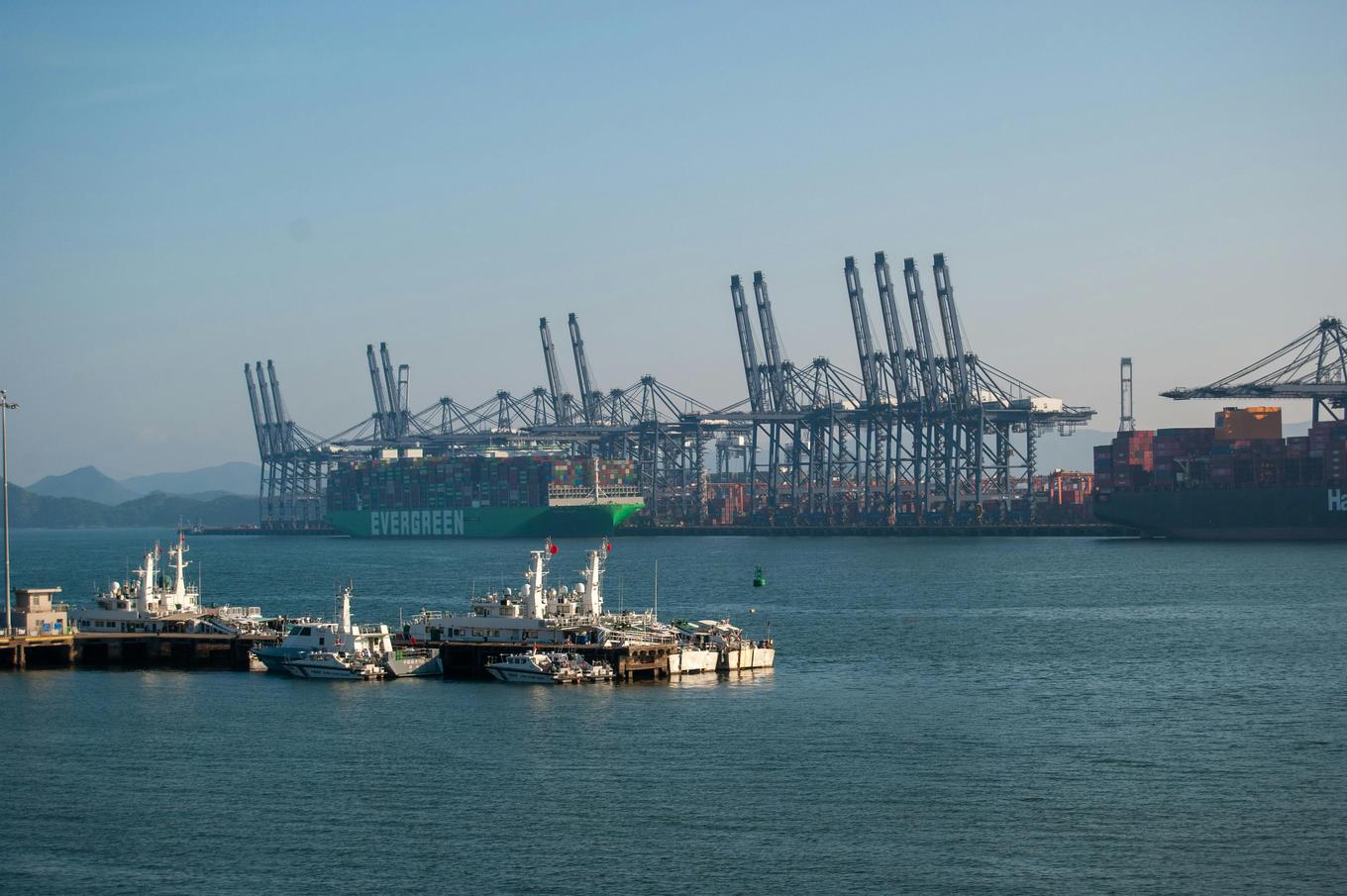- Shanghai Zhongshen International Trade Co., Ltd. - Two decades of trade agency expertise.
- Service Hotline: 139 1787 2118
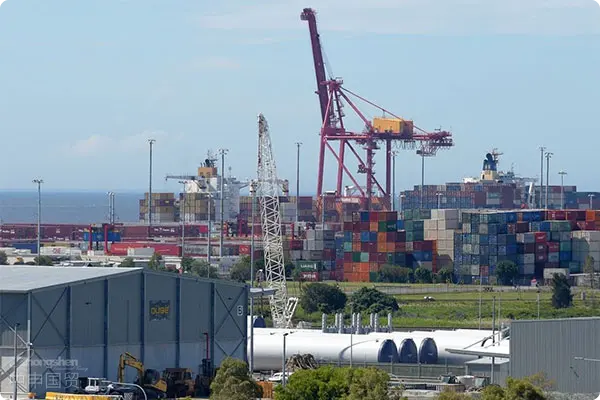
RolandEquipment ImportsIndustry status quo and challenges
The global printing equipment market is projected to exceed $28 billion in 2025, with Roland series equipment experiencing rising demand in Chinas packaging and industrial manufacturing sectors due to its high precision and stability. However, frequent issues during import include HS code misclassification (annual error rate 18.7%), expired technical certifications (EU CE certification update cycle shortened to 26 months), and transportation damage (precision component damage rate exceeding 12%), directly causing customs clearance delays and cost overruns.
Analysis of typical problems in import operations
A certainMedical EquipmentWhen Company March, 2025 imported Roland 707LV, failure to recognize new EMC directive changes resulted in 42-day port detention with additional costs of 230,000 RMB. Such cases reveal three core pain points:
- Delayed identification of technical barriers: The 17th revision of EU Machinery Directive 2006/42/EC will take effect in Q4 2025
- Inadequate logistics solutions: Precision equipment requires constant temperature (20±2℃) and shockproof transportation throughout
- Improper tariff planning: Failure to fully utilize RCEP tariff concessions for printing equipment
Value creation path of professional agency services
Premium agencies achieve risk control through a trinity service system:
- Pre-classification system
- Establishing a database of over 6,000 HS codes for printing equipment
- Classification accuracy rate improved to 98.6%
- Technical compliance review
- Real-time tracking of regulatory updates in 42 global markets
- Certification document pre-review response time ≤4 hours
- Smart logistics configuration
- Special container temperature control accuracy ±0.5℃
- Shock absorption device meets international standard with G-value ≤0.3
Four golden standards for enterprises selecting agents
Based on research of 37 import enterprises in Yangtze River Delta region, quality agents should possess:
- Handled ≥50 cases of Roland equipment imports
- Maintain dedicated customs clearance teams at major ports
- Equipped with professional compliance engineers for electromechanical products
- Possess emergency response capability (average problem resolution time ≤72 hours)
Implementation steps of end-to-end service solution
- Needs Assessment Phase(3-5 Business Days)
- Equipment parameter verification and technical document pre-review
- Double Verification Mechanism for HS Codes
- Solution design phase(7 - 10 working days)
- Customize 3 sets of transportation and customs clearance plans
- Cost simulation calculation (error rate ≤2%)
- Execution monitoring phase
- Real-time tracking system update frequency reaches every 15 minutes
- Emergency procedures activated within 30 minutes for abnormal situations
Suggestions for coping with industry trends in 2025
Regarding the upcoming implementation ofCustoms Announcement No. 85, it is recommended that import enterprises: complete AEO certification upgrade 6 months in advance, establish supplier compliance file management system through professional agents, pay special attention to EU printing equipment energy label EPREL database update requirements, and ensure equipment energy efficiency complies with 2025 version standards.
Related Recommendations
? 2025. All Rights Reserved. Shanghai ICP No. 2023007705-2  PSB Record: Shanghai No.31011502009912
PSB Record: Shanghai No.31011502009912

